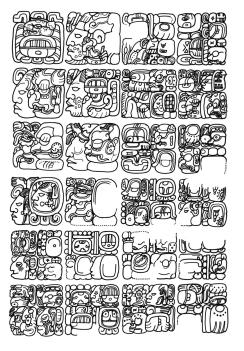Kids who grow up on dull children's programming like Dora the Explorer or Bob the Builder don't know what they're missing out on. Back in the day parents used to tell their children wonderful stories about trespassing little girls who stole strangers' food and nearly got themselves eaten by ursine homeowners.
In the ancient world there was a belief that physical environments shaped the people who
lived within them. The physical,
social, cultural, and political characteristics of entire people groups could be explained based on the climate and terrain of their homelands. Some writers in Greco-Roman antiquity
argued that harsh and mountainous terrains created tough warriors, while
flatter areas with nicer terrains created soft people who naturally ended up
in servitude to others. There's a particular strand of this tradition that I like to call the "Goldilocks climate." Some writers argued that some regions were extremely cold
and other regions were extremely hot, and that the peoples in these climates
exhibited an extreme set of strengths and an extreme set of weaknesses. Greece (for Greek writers) or Rome (for
Roman writers) was in the center of the world and therefore had the perfect
blend of hot and cold. This meant
the peoples of Greece or Rome exhibited the strengths of those in the extreme
regions, but without the accompanying weaknesses. This of course made them perfectly suitable for ruling the world. Aristotle had this to say:













